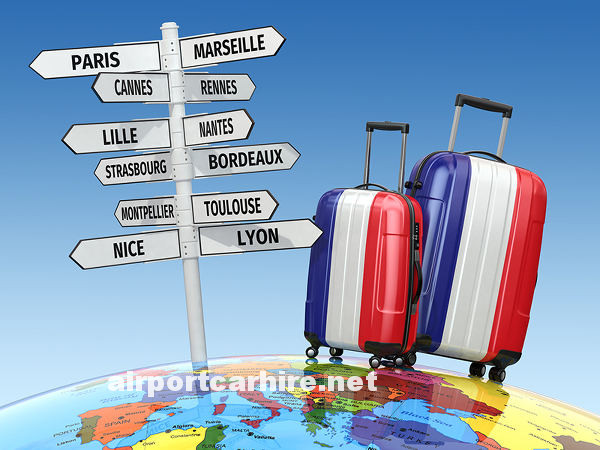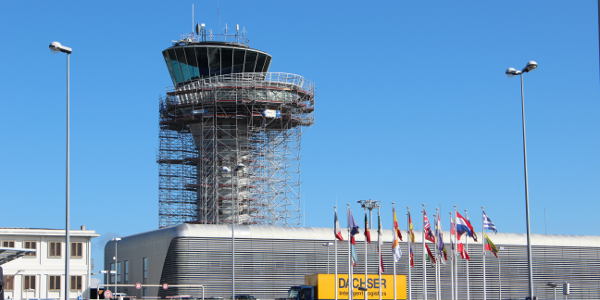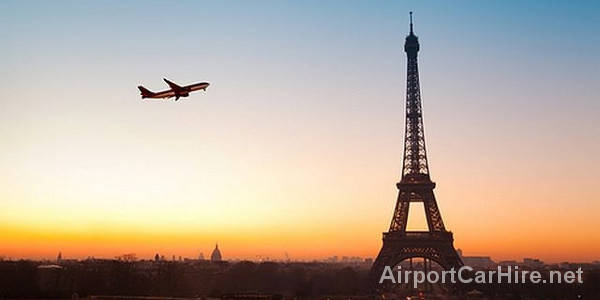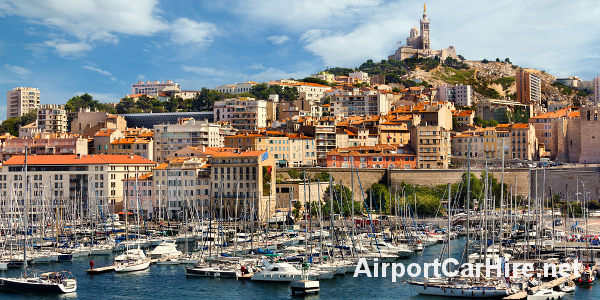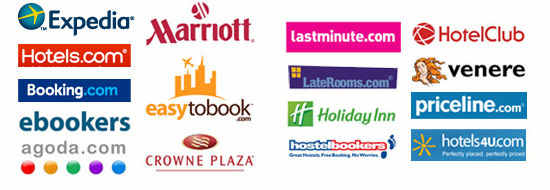France See & Do
Monet's gardens at Giverny
Giverny sits on the right bank of the River Seine, just 80km outside of Paris. Start your road trip in Vigny town where you can visit a lovely little 15th century church and peek at a magnificent, fairytale chateaux. Drive onto the D43 and head south, past undulating farmland and patchwork fields, before joining the D913 west towards La Roche Guyon. Take a brief stop at the La Cave Aux Fees (Cave of the faeries) dolmen before stopping in Vetheuil, a place where Monet resided for some time and home to a beautiful troglodyte church.
After marvelling at the cave-church, continue on to La Roche Guyon to see the impressive castle and medieval hilltop donjon which you can visit via a steep but beautiful off-road walking trail. Head towards Giverny via the chateaux at Villarceaux and Ambleville - homes to French water gardens, art and outstanding natural beauty. In Giverny, head straight to the actual house and gardens of the world-famous impressionist painter and marvel at the wonderful gardens, abundant with lush flora that inspired his art.
Paris to Normandy via La Mont Saint Michel
This circular route starting from Paris offers plenty of sights and varied scenery. Leaving Paris, take a stop off at Versailles to stretch your legs with an amble through the grounds and to soak up some royal history. Head to Chartres to visit the breath-taking UNESCO World Heritage cathedral, as well as the St. Aignan church. Famous for its meat pies made from local game, this is a great spot for a bit of traditional and tasty food.
Take your car for a test drive around the world-famous Circuit de la Sarthe in Le Mans in Monaco, home to the French Grand Prix, before heading to Rennes to view some of the incredible half-timer buildings typical of this region. Head North towards Le Mont-St.-Michel, an incredible building that can be reached by foot when the tide goes out, but requires a ferry boat when the tide returns.
Drive to the D-Day beaches of Normandy, just above the beautiful city of Bayeux, home of the famous 15th century tapestry. After soaking up the atmosphere of such an important area, improve your knowledge of events by taking a trip to the War Memorial in Caen.
Head north to Rouen, home to the famous Cathedral painted by Monet. From here, either continue on to Giverny to see Monet's famous house and gardens, or begin your cross-country trip back to the capital city.
Disneyland
Disneyland Paris is just 32 km east of the city, translating into approximately 45 minutes of driving time, traffic allowing. Take the A4 until exit 14 for the Amusement Park and hotels. In Disneyland Paris, you will find two excellent theme parks – Disneyland Park and Walt Disney Studios – full of shows, parades, shops, restaurants and rides. There is also Disney Village, a first-class late night entertainment village for people staying overnight. The quietest times to visit are
September-October and May-June – and although a stay is recommended, a day trip in your hire car can be just as thrilling.
Cote d'Azur
The French Riviera, or Cote d'Azur region, leads from the Italian border at Menton across the southern coast of France to the city of Marseilles. Associated with pearly white beaches, glitz, exquisite perfume, stunning azure seas (which is where it gets it name) and the dark red mountains of the Massif des Maures, this region is home to some of the most memorable and glamorous French cities including Nice, Cannes and the Monaco principality. In addition to its chic reputation, beautiful countryside is found only a short distance from the coast, guaranteeing varied and exciting landscapes for anyone desiring a peaceful, scenic drive.
Cannes, Nice and Monte Carlo
A pleasant, leisurely drive if you take the trip over two days, this scenic route also has some excellent detours worth taking. In Cannes, seek out the beautiful architecture of Le Suquet, with its cobbled streets and breathtaking views, and visit the bustling port. Nice is excellent for food and crafts, so take time to stroll round the market. Visit the opera house in the old town and walk the Bay of Angels, before continuing on. A worthy detour is the incredibly pretty Loup River basin near the artist's village of St. Paul de Vence, which doubles as one of the oldest medieval towns in this region.
From Nice, make sure that you also allow time to take the 'corniches' – the layered coast roads that run between Nice and Monaco following the rocky coastline. Visit Monaco's Monte Carlo, a place known for its riches, but don't let that put you off. Take a peek at the expensive cars, soak up the atmosphere in the grand casino and see a glimpse of the glitterati lifestyle. But don't forget to also take in some opera and see some of the incredible historic and architectural sights, such as the cathedral, the oceanographic museum and aquarium and the Prince's Palace.
Cathar Country
This is one of France's most beautiful regions, boasting a seemingly endless network of back roads that provide miles upon miles of beauty. Rumoured to have once been the location of the Holy Grail, and central to bestselling novel The Da Vinci Code, Cathar Country is an irresistible and historically important spot located in the country's southwest corner.
The Dijon Circle
A drive totalling 130 km, this road trip takes you through some of the world's most spectacular vineyards. It also ventures to two spectacular chateaux and, if you include an overnight stay or two, affords you time to explore several traditional Burgundian villages.
Leave Dijon on the D122 and take your pick of the region's most famous vineyards: Gevrey-Chambertin, Nuits-St-Georges, Chambolle-Musigny and Aloxe-Corton to taste the wine on offer (drivers can spittoon the wine) and buy any favourites as souvenirs. Once you've had your fill of vineyards, head to Beaune for lunch and a visit to the Hospice de Beaune, a fine example of 15th century architecture.
Leaving Beaune, head out of town on the D974 towards Meusault, yet another village famous for its wine produce and walks through the vines. Double back onto the D973 to visit La Rochepot, a medieval castle that looks as if it's straight from a fairytale. Take the north road on the D906 and switch to the D17 towards Bligny, until you reach Chateauneuf-en-Auxois, a village perched on impressive limestone formations. Visit the medieval castle before continuing on a short drive to Commarin, one of the region's most celebrated chateaux, retaining its 18th century features and charm. From Commarin, wind your way along the small, cross-country routes back to Dijon.
Driving in France
Driving around France can be a real pleasure compared to the clogged roads of the UK if you remember a few key points.
Before you head across to France make sure you know exactly what cover you have from your current insurance company.
Also if you are a member of a breakdown scheme see if it can be extended to cover you whilst away, it could prove invaluable.
If you are driving a right hand drive car in France make sure you have converted the headlights with the stick-on filters you can buy from any good car spares shop.
Make sure you do this before driving in France either on the ferry or train for example and make sure you take them off when you are immediately back in your own country.
The minimum driving age is 18, driver and all passengers must wear seat belts and children under 10 must ride in the back seat.
Use full or dipped headlights, as in the UK, in poor visibility and at night but your sidelights only when the car is stationary.
It is also a good idea to have a complete spare bulb kit, a red warning triangle in case you have to stop and a fire extinguisher.
Speed limits are clearly signposted at the roadside and they are:
· Built-up areas 50kph (31mph)
· Ordinary roads 90kph (56mph)
· Toll-free autoroutes and dual carriageways 110kph (68mph)
· Toll autoroutes 130kph (81mph)
There are many roundabouts close to towns and you must slow down and give way to the vehicles already on the roundabout. And despite the French love for fine wine the drink drive regulations are strict with the limit set at 50mg per 100ml of blood. When you buy fuel look for petrol stations at supermarkets, as they are much cheaper than regular ones.





